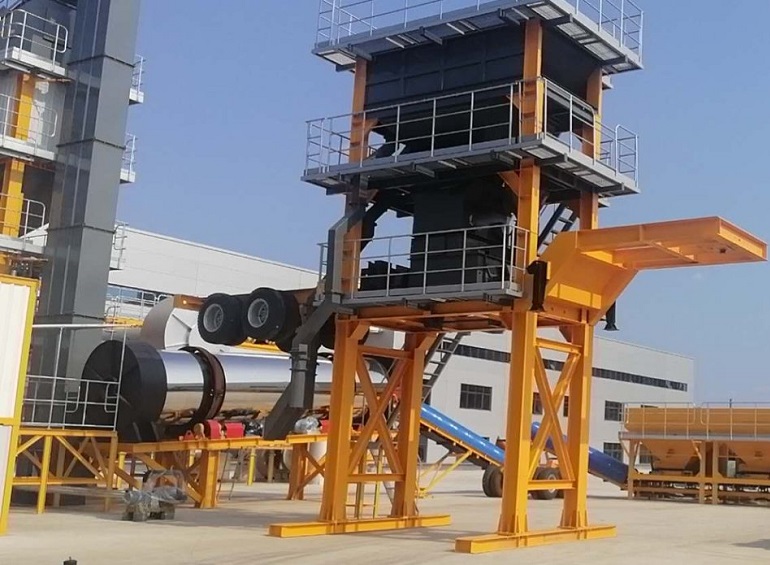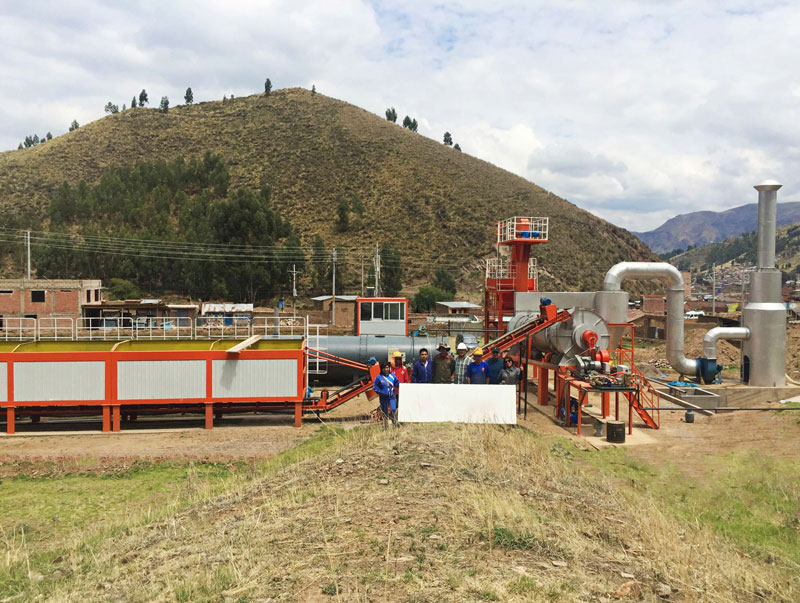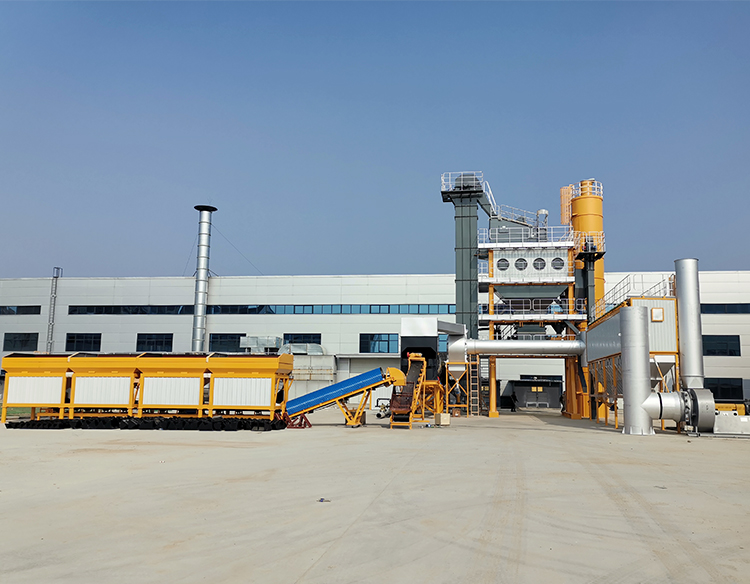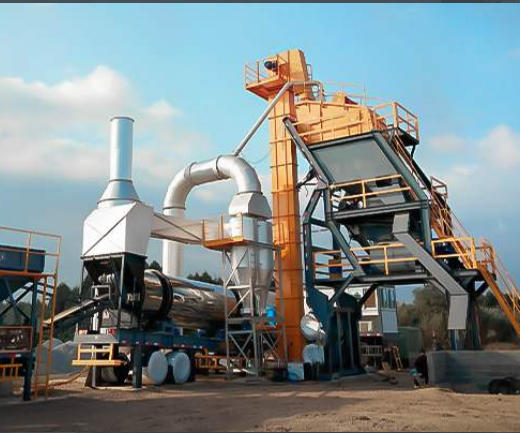The non-load-type cracks on the asphalt pavement are mainly temperature cracks. There are two types of temperature cracks, one is low-temperature shrinkage cracks or low-temperature cracks for short, and the other is temperature fatigue cracks.
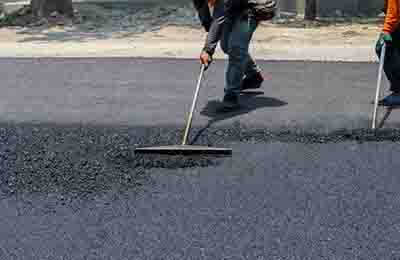
1. Cryogenic cracks. Asphalt materials have good stress relaxation properties under relatively high temperature conditions, and the deformation caused by temperature rise and fall will not cause excessive temperature stress. However, when the temperature drops sharply, asphalt materials gradually harden and begin to shrink. At this time, the bottom of the semi-rigid base will produce tensile stress. When the stress relaxation of the tensile stress asphalt mixture cannot keep up with the temperature stress growth, the stiffness of the mixture increases sharply. Since the asphalt pavement is constrained in the pavement, once the shrinkage tensile stress or tensile strain generated in the pavement exceeds the tensile strength of the asphalt mixture, the asphalt pavement will crack. In this case, cracks are more likely to occur when the adhesion between the asphalt surface and the base layer is not good enough to allow a certain amount of free shrinkage. Due to the limited width of the asphalt pavement, the shrinkage is limited by the mutual constraints of the pavement structure, so the low temperature cracks are mainly transverse.
2. Temperature fatigue cracks. Such cracks mainly occur in areas with large diurnal temperature differences. Due to the temperature stress fatigue of the asphalt pavement due to repeated temperature fluctuations, the ultimate tensile strain (or stiffness modulus) of the asphalt mixture becomes smaller, and the aging of the asphalt increases the stiffness of the asphalt and reduces the stress relaxation performance, finally reaching Ultimate tensile strength cracks the pavement.




 RU
RU MM
MM AR
AR
